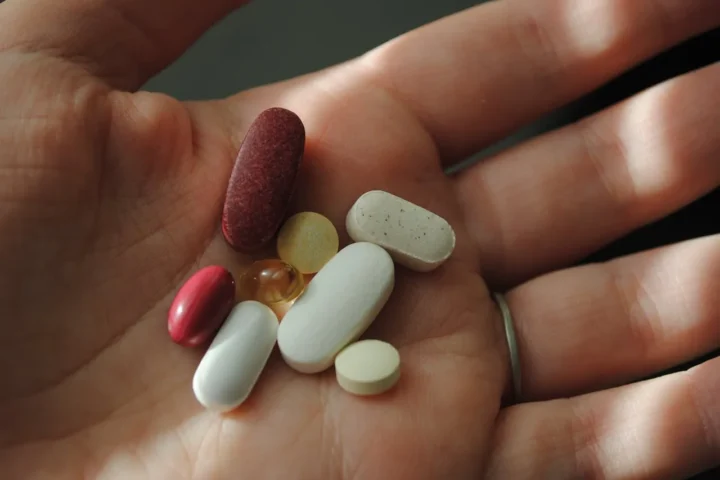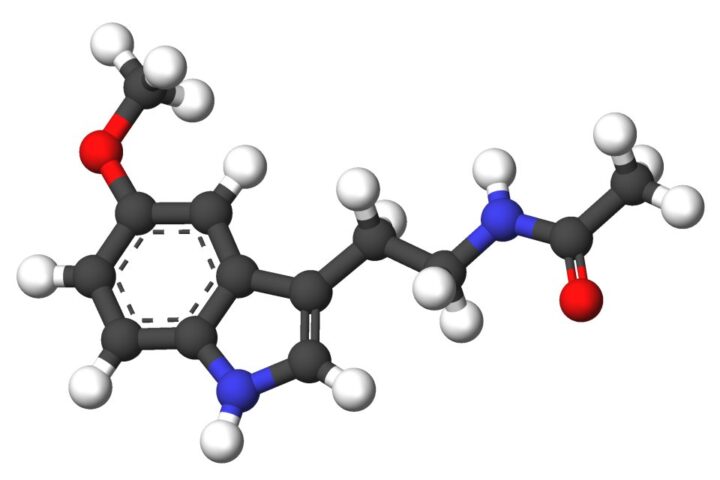Scientists have identified a single protein that drives memory decline in aging brains – and found a way to reverse its effects. The discovery could open new doors for treating age-related memory problems.
The research team at UC San Francisco focused on a protein called FTL1, which helps store iron in cells. They found that FTL1 levels increase dramatically in the hippocampus – the brain’s memory center – as mice age. This buildup coincides with fewer connections between brain cells and worse memory performance.
“It is truly a reversal of impairments,” said Saul Villeda, associate director of the UCSF Bakar Aging Research Institute and senior author of the study published in Nature Aging on August 19, 2025. “It’s much more than merely delaying or preventing symptoms.”
The experiments revealed something remarkable. When researchers artificially increased FTL1 in young mice, their brains quickly began to show signs of aging. Under the microscope, their nerve cells grew simple, single-armed extensions instead of the complex branching structures found in healthy young brains. These mice also struggled with memory tests.
But the most exciting finding came when scientists did the opposite – reducing FTL1 levels in older mice. The results were dramatic: their brain cells formed more connections, and they performed significantly better on memory tests.
“The mice regained their youth,” explained Villeda. Their brain cells not only looked younger but functioned better too.
The scientists discovered that excess FTL1 also slows down energy production in brain cells. When they treated cells with a compound that boosts energy production, it prevented the harmful effects of too much FTL1.
Similar Posts
This breakthrough suggests two potential approaches for future treatments: directly targeting FTL1 itself or boosting the brain’s energy metabolism to overcome FTL1’s effects.
“We’re seeing more opportunities to alleviate the worst consequences of old age,” Villeda said. “It’s a hopeful time to be working on the biology of aging.”
Unlike research on Alzheimer’s disease, which involves widespread brain cell death, this study addresses the normal aging process that affects everyone as they grow older.
While the results show promise, important challenges remain. The research was conducted in mice, and human brains are far more complex. Scientists must still determine if FTL1 plays a similar role in human brain aging and develop safe methods to target it.
The study was funded by several organizations, including the Simons Foundation, Bakar Family Foundation, National Science Foundation, Hillblom Foundation, and the National Institutes of Health.
For people worried about memory loss as they age, this research offers hope that science is getting closer to understanding – and potentially reversing – the biological processes behind cognitive decline.


















